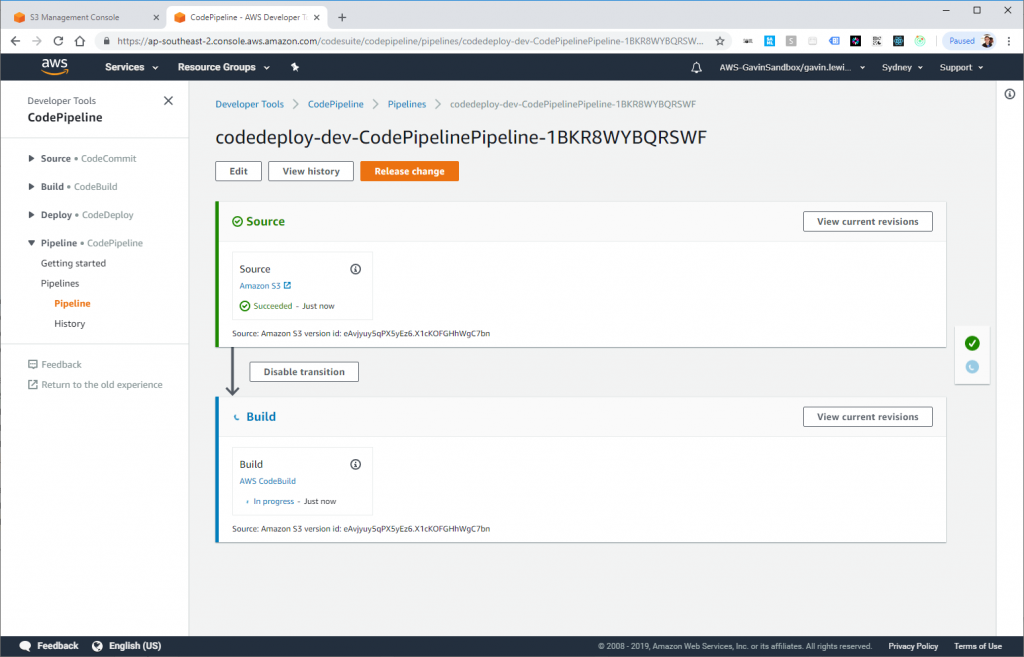
GitHub hosts numerous “awesome lists” with collections of tools, documentation, and resources on a variety of subjects. So far, however, these seemed to be mostly developer-oriented. It’s good to see that other people are joining in. Awesome Design Tools is a curated list of the tools and resources for designers (web, interface, print, brand, etc).
Not even being a designer myself, I had to Google for some of these things plenty recently. In particular – collaboration tools, color pickers, fonts, icons, screenshots, etc.
